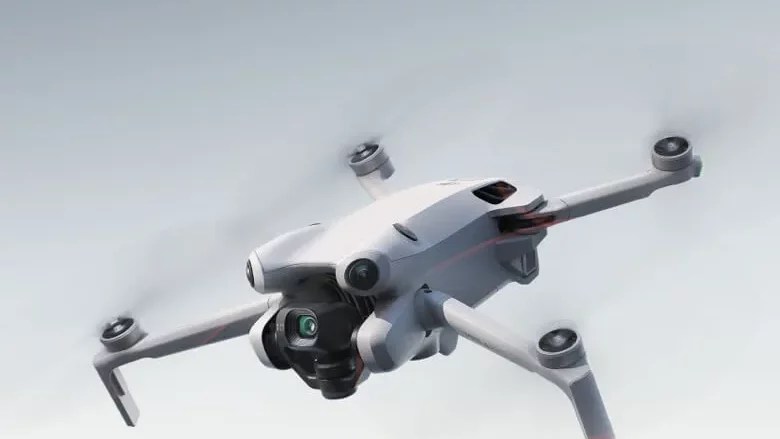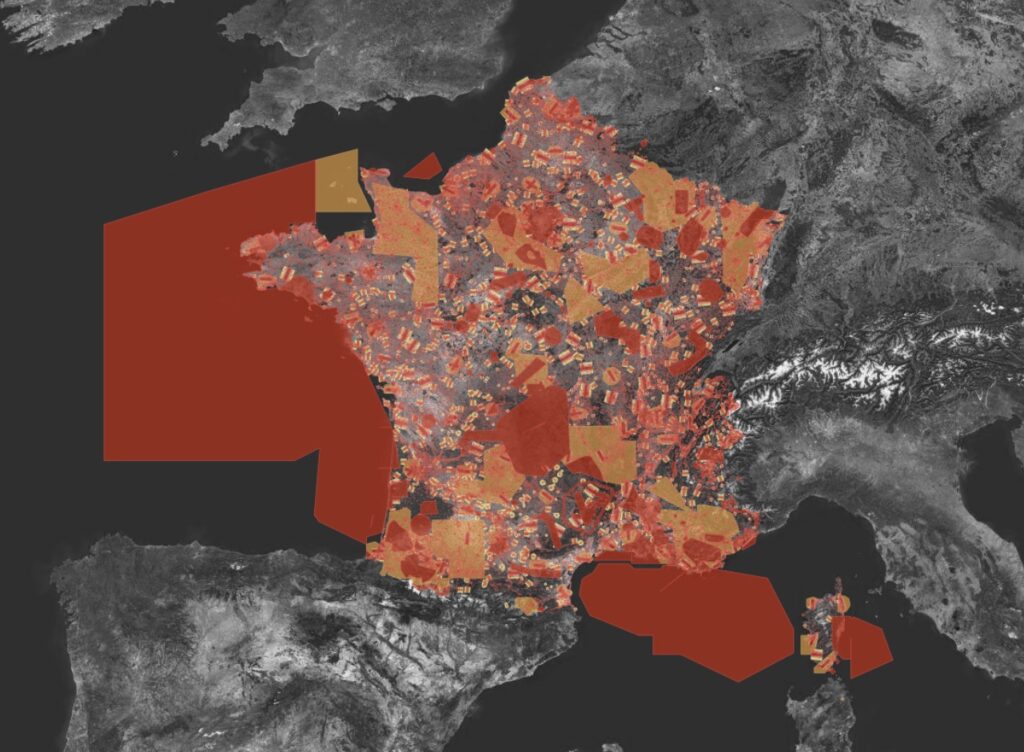Very popular a decade ago, drones are still popular in France today, with increasingly sophisticated connected models. But regulation limits their use.
Necessarily slowed down during the Covid-19 pandemic, the drone market has taken off again and is showing annual growth of the order of approximately 25%. If the market is essentially divided into three categories (military, professional, amateur), it is the use of a drone as a hobby that will interest us here.
In this summer period, it is tempting to want to treat yourself to an aircraft to immortalize your vacation spot and enhance your memories with original photos and videos. But the supervision of drones is strict, and many precautions must be taken to comply with the law. Let’s study them.
Drone use in France: what the law says
It may not seem like much, but a drone is not just a “flying camera”. In France, it is the Directorate General of Civil Aviation (DGAC) that regulates the use of recreational drones.
Many categories and subcategories complicate the reading of legal texts. In this article, we will only talk about drones that weigh less than 25 kg, classified in the so-called “Open” category, which includes all recreational models. There are two subcategories here: drones weighing more than 250 grams (but less than 25 kg) and drones whose weight is lower.
Between 250 grams and 25 kilograms
In the first case, it is necessary to register the drone in the register of civil aircraft without anyone on board. To do this, simply follow the different steps described on the site AlphaTango. At the end of these, you will be given a registration number, which must be affixed to the drone using a self-adhesive label. A (short) mandatory training is also provided on AlphaTango. It is a series of short videos at the end of which a multiple choice questionnaire is proposed and which allows you to obtain a mandatory certificate to keep, and to present in the event of an inspection.
Less than 250 grams
For drones weighing less than 250 grams, the declaration on AlphaTango is mandatory only for drones equipped with a recording device such as a camera — which is to say all of them, to be honest. On the other hand, the training described above is not mandatory.
To take concrete examples: DJI Mini range drones do not exceed 249 grams and are therefore, so to speak, “ready to use” once the registration number is obtained. The DJI Mavic Air 3 or the more robust models like the Mavic 3 Pro require registration and the completion of the training described above to be in compliance.

Flying your drone: the rules to follow
Now that your drone is registered, it is essential to read the flight rules. All the rules and special cases can be consulted on the government websitebut here’s a quick recap:
- In France, a drone pilot must be at least 14 years old (16 years old according to the European Union — check the rules in force in each country visited if necessary).
- It is forbidden to fly a drone at night. A delay of 30 minutes must be respected after sunrise and before sunset.
- Flying over people depends on the class of the drone (A1, A2 or A3, depending on the weight of the aircraft). For models weighing more than 250 grams, it is only allowed at a great distance for obvious safety reasons.
- The maximum flight height is 120 meters. A limit lowered to 50 meters around airfields and in military zones.
- Flying over sensitive or protected sites is prohibited (nuclear power plants, military land, historic monuments, prisons, reserves and national parks).
- Just like when you film or photograph with a smartphone or camera, the same rules of image rights apply. People in the field of vision must be informed that they are being recorded, and the images cannot be used for commercial purposes.
- The drone must always remain in the pilot’s field of vision. In the case of an immersive FPV flight (such as with a DJI Avata for example), a second person must be present alongside the pilot.


Where can you fly your drone?
The areas in which drone flights are permitted are also regulated. These spaces are defined by the Aeronautical Information Service (SIA). Unfortunately, the SIA is aimed at an audience of pilots with advanced knowledge of aeronautics, which is far from being the case for all droners. Also, several portals are responsible for presenting the data in a more understandable way.
The most famous is Geoportalwhich allows you to very quickly visualize the area where you want to fly your drone. Others, such as DroneKeeper are also regularly recommended on specialist sites. For more convenience, you can also turn to the Drone-Spot or Geodrones applications, available on Android and iOS.


Most of the time, the use of a drone in the wilderness, to immortalize a landscape, is authorized. Regional parks are part of this category, even if special caution is expected of remote pilots so as not to disturb the wildlife. Be careful, prefectural decrees can invalidate this tacit authorization.
Generally speaking, common sense will continue to apply in all circumstances. If you have any doubts, it is better to abstain. Finally, keep in mind that flying in built-up areas is systematically prohibited. There is only one exception to this: flying is authorized over private property only with the owner’s consent. Flying over groups of people (for example, a demonstration) is also prohibited. In the event of a violation, the pilot risks confiscation of his drone, a maximum sentence of 1 year in prison and a fine of 75,000 euros.
For flights abroad, it is imperative to refer to local rules and laws in order to know your rights. Since 2021, European regulations have worked to provide a common framework for all member countries of the European Union, but some particularities remain. For countries outside the EU, it will therefore be on a case-by-case basis (and probably a lot of paperwork).
Also note that flying with a drone is possible, but that various rules apply depending on the battery capacity. Refer to your airline’s website to find out.
Source: www.numerama.com


